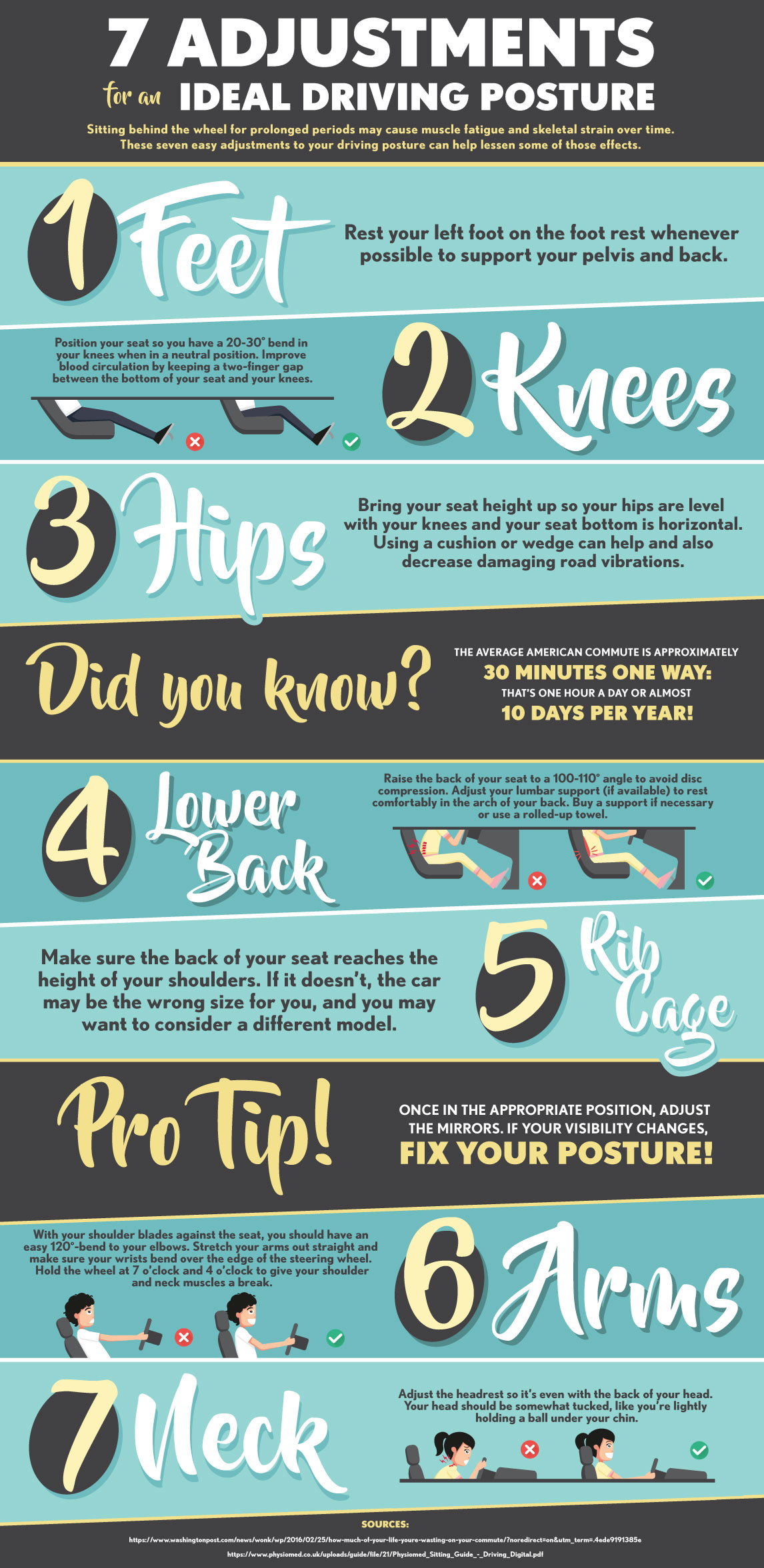Why Does Soft Tissue Treatment Pain? Comprehending The Refine
Why Does Soft Tissue Treatment Pain? Comprehending The Refine
Blog Article
Web Content Composed By-Waddell Thuesen
When you undertake soft Tissue therapy, you might locate it remarkably awkward. This pain occurs as pressure is applied to tense muscular tissues and damaged cells, activating your pain receptors. While it can feel stressful in the moment, there's a factor behind this experience. Comprehending what takes place in your body throughout these treatments can help you appreciate the procedure. So, what exactly is going on below the surface?
The Physiology of Discomfort Throughout Soft Tissue Therapy
When you undergo soft Tissue treatment, your body's response to discomfort is a complicated interplay of physical procedures. As https://body-adjustments07284.blogsidea.com/39439480/with-necessary-sporting-activities-massage-therapy-techniques-within-your-reaches-discover-how-to-open-your-complete-potential-and-boost-your-healing-like-never-ever-before applies pressure, your body turns on discomfort receptors, sending signals to your mind. This causes the release of neurotransmitters, such as compound P and glutamate, which enhance the experience of discomfort.
Your muscular tissues might also tighten in reaction, additional complicating the experience. On top of that, your body might release endorphins, all-natural medicines that can aid minimize some discomfort.
The communication in between these procedures can develop a special experience for each and every individual. Comprehending this physical feedback assists you browse the sensations throughout therapy, allowing you to value the equilibrium between discomfort and the capacity for recovery advantages.
The Duty of Pain in the Healing Refine
Although discomfort throughout soft Tissue therapy can really feel frustrating, it plays a vital function in the healing procedure. When you experience discomfort, your body is signaling that it's functioning to repair broken cells. This reaction assists raise blood flow to the afflicted area, providing essential nutrients and oxygen required for recovery.
Additionally, pain can advertise the release of endorphins, your body's all-natural medicines, developing a sense of alleviation post-treatment. Embracing acai berry complex can aid you understand your body's restrictions and urge you to deal with underlying issues.
While it's unpleasant currently, this procedure is important for long-term recovery and boosted feature. Recognizing discomfort as an essential part of healing can equip you to stay dedicated to your therapy.
Tips for Managing Pain Throughout and After Therapy
Handling discomfort throughout and after soft Tissue treatment can substantially improve your total experience and healing.
To start, connect honestly with your specialist about your pain levels; they can adjust methods accordingly. Utilizing deep breathing strategies can additionally aid you unwind and alleviate pain.
Take into consideration applying ice to the cured area post-session to minimize inflammation and numb discomfort. Staying moisturized help in the recuperation procedure, so consume a lot of water.
Mild stretching and light movement after treatment can advertise blood circulation and convenience tightness. Last but not least, guarantee you obtain sufficient rest to permit your body to recover.
Executing these ideas can make your soft Tissue treatment more manageable and satisfying.
Conclusion
In conclusion, while soft Tissue treatment can be awkward, it's critical to recognize that this discomfort plays a crucial function in your healing journey. By understanding the physiological responses at play, you can come close to the therapy with a more positive mindset. Remember, the preliminary discomfort commonly paves the way to alleviation as your body launches endorphins. Accept the procedure, and do not wait to make use of the tips for handling pain to improve your experience and recuperation.
